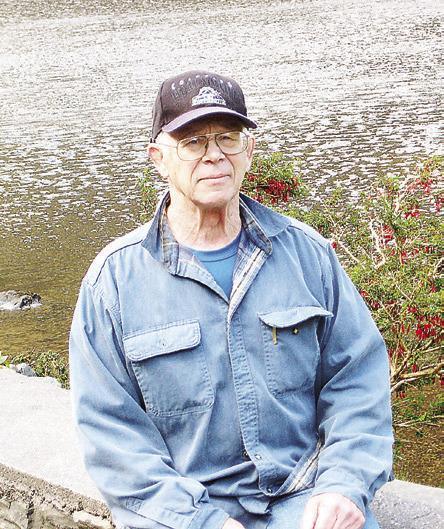
Moe Johnson Running with Moe
Getting runners mindset
The weather is warming up and there are more races for runners to enter. It is time to shake off the cold weather missed days of running and start to concentrate on getting the times down to what you set last summer or fall. There are a number of race entrants that do a slow jog or even walk a 5K distance. They mention that they are just in the race for exercise, or to support the sponsoring organizations charity, but whether they run for fun or not every runner or walker likes to know their time. Invariably everybody seems to like setting a PR in a race whether they run or walk. Walkers will pick up the pace, or even do a jog, to set a faster time.
There are two ways to run faster. The first is if you want to run fast, you have to train with faster practice runs. There are many forms of speed training for runners besides having a coach timing how fast you can run around a track. Running intervals around a track of varying distances is one of the best training practices to increase your running speed. For the average runner the difference between their average pace in a race and the pace around the track only has to be a few seconds. If you are running a 9 minute average pace (2:15 minutes per lap) in a race the pace around a track should be no faster than an 8:40 pace (2:10 minutes per lap). When that pace becomes comfortable another drop in lap time is necessary.
When you think that a 5 second faster time running a lap is over a minute faster time in a 5K race those small increases result in larger gains. By the end of the summer you are probably running over several minutes faster or more from the start of the season.
Running faster can be achieved with some ‘fartlek’ training. Fartlek method is during a practice session you run varying speeds and distances during the run. A quick sprint to the end of the block, a race pace to the next driveway, a faster race pace to that big tree, and a slow recovery job to that big house on the corner as examples. Even a block from the end of your run practicing your finish kick for the fans will help.
If you are a slow jogger or walker running faster takes time for the muscles of the legs and body to adapt to this new stress. Trying to run too fast, too soon, for many unconditioned runners may result in sore, and even strained, muscles. Give the body time to adjust to the extra stress of running faster. The practice of running a faster training run does not have to be done every run. During the week even two or three faster pace runs for part of the run will see improvement. Sometimes a training run with a faster pace included can be a welcome change in the routine.
The second thing needed to run faster is a mental adaptation. When you first start trying to run faster there is a certain level of discomfort. It does not necessarily have to be the old training standby of “No Pain, No Gain”. Discomfort maybe, but pain isn’t necessary for getting faster in a local 5K. The most difficult part of running a faster pace is the muscles may ache a little more, the breathing is faster, and that discomfort is hard to run through. Runners will be amazed how long they can run with this discomfort and still keep going. I can remember the first, and only, time I tried to run a 5 minute mile. That last lap was so hard to keep my concentration on maintaining my pace and I had to put the discomfort to the side and keep running. That last lap to run that 5 minute mile was why I only ran it one time. But, afterward it was a feeling of accomplishment that I did run that fast mile. It was worth it.
Trying to adjust to running with a little discomfort takes time to know your limits. There is a difference between running in pain that may result in an injury and knowing that a slight stress on the leg muscles and faster breathing is not going to hurt you.
The other part to the mental training is the distance of the race you want to run a PR in. A 5K distance has a relatively short time to feel uncomfortable. When you try to run a faster 10K or half marathon that time running with some discomfort is a little longer. And a marathon distance can be a real challenge to keep going when the discomfort may be up to an hour in length.
To run faster takes some increase in speed training in practice runs and getting to know that you can run faster and farther mentally. From experience that mental adjustment is a little more difficult.











